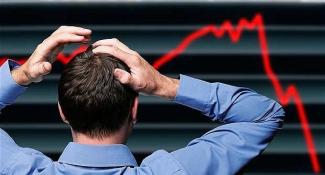
When it Comes To The Markets Resist the Temptation to React
Sometimes, the best reaction is no action at all. To help my clients understand this when it comes to their behavior involving their financial investments, I sometimes use a soccer analogy. During a penalty kick, a soccer goalie must make a split-second decision to stay put in the center of the goal, jump left, or jump right. Behavioral economist Ofer Azar collected data on more than 300 goalies and discovered that goalies who jumped left stopped just 14.2% of the shots, those who jumped right stopped a mere 12.6%. But goalies who stayed put in the center of the goal were able to prevent goals 33.3% of the time. Amazingly, only 6% of the goalies chose that option. Azar interviewed the goalies about their decisions and found that emotions played an important role. The goalies revealed that they felt worse if the goal was made and they were standing still. In fact, taking action, even if it's certain to lead to failure, was considered better than taking no action at all. Azar applied his soccer research to the behavior of investors and found that when the markets are in turmoil, we have a powerful urge to "do something" even when that "something" doesn't make a lot of practical sense. In the 2008 market meltdown, many investors gave in to the instinct to sell because it satisfied their desire for action. But those who stayed put benefited in the long run as the market recovered. The bottom line: During times of market stress, it can be difficult and even seem counter-intuitive to stay put, but that's often exactly the best decision. Historically, the stock market delivers far more often than not. Working together, I assist my clients to increase the chances for investment success by resisting the temptation to "jump" to one side or the other when markets erupt in turmoil.
Past performance is no guarantee of future results.

